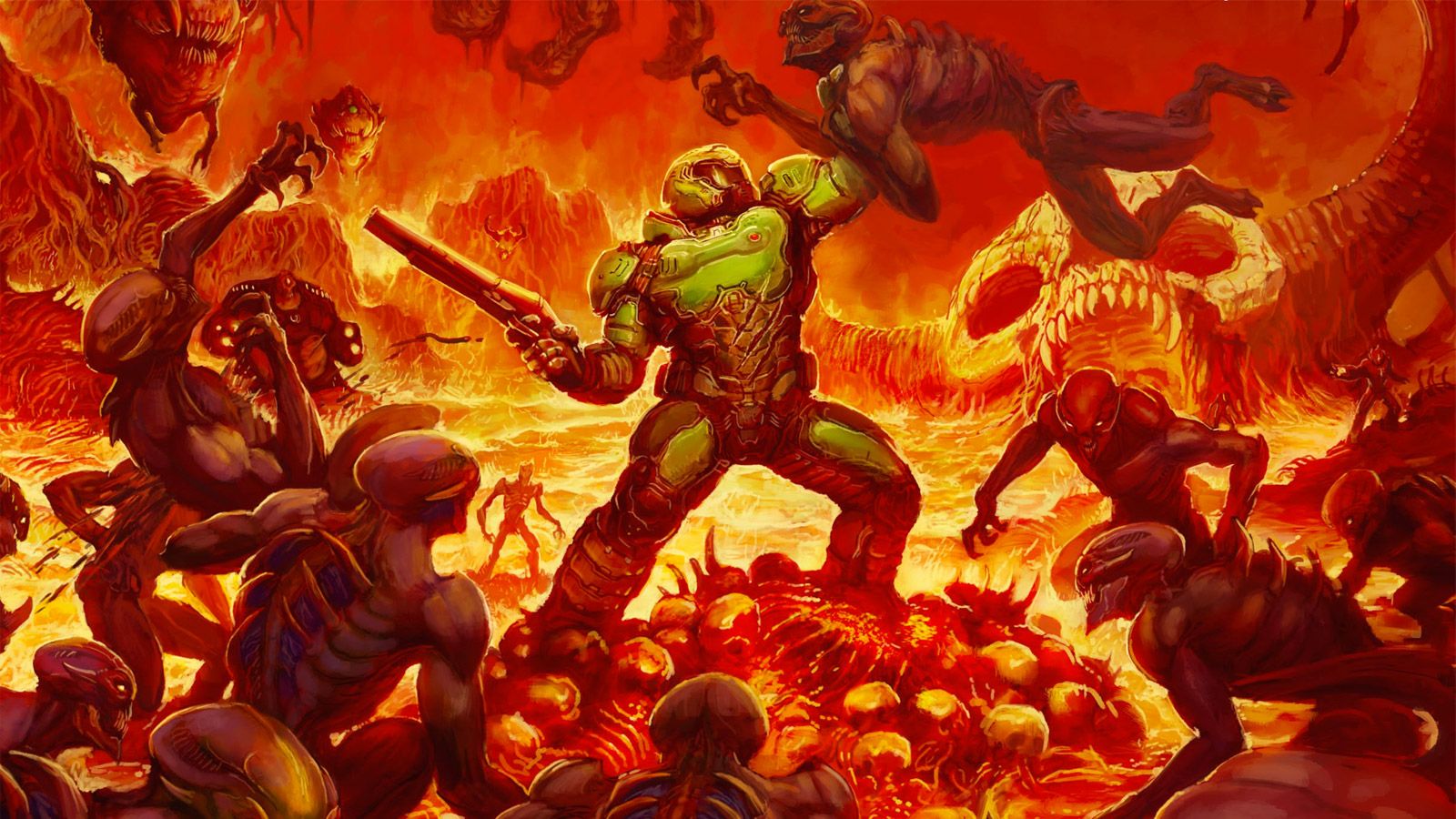Call of Doom
The story of Doom 4 is one that has mostly not been told yet. For years, id Software toiled away at the next Doom game while simultaneously working on Rage. Eventually, that project was scrapped and another (2016’s Doom) was started. We never got much information about what went wrong with Doom 4.
New details come to light today, courtesy of the video game documentary series No Clip (the segment starts at 12:22). Designer Kevin Cloud, the person responsible for many of Doom 4‘s direction decisions, admitted that it ended up feeling too much like a Call of Duty game. “We had explored a direction and got to a certain point where we felt like this wasn’t really capturing what we felt like was going to be a strong Doom and what the fans would want from us,” he commented.
Producer Marty Stratton elaborated by saying “[It was] a lot more cinematic, a lot more story to it. There were a lot more characters around you that you were with throughout the course of the gameplay.” He continued “It was totally new. You were taking cover and popping up and shooting enemies. The demons looked a lot different. It took a while to get into actually fighting demons. You were kind of fighting a lot more zombie-type creatures early in the game.”
In hindsight, Cloud said that it wasn’t the right approach to a Doom game, but that his decisions were an attempt to get more connection to the world. It was an angle that looked at the global impact of what was happening and tried to tell the stories of many people. Creative director Hugo Martin smartly summed up why it didn’t work by offering “Doom is about one guy involved in big things and Doom 4 was more about the big things.”
The end result is that Doom 4 didn’t feel like Doom. Both id and parent company ZeniMax agreed that it should be ditched in favor of trying again. That’s a tough business call to make when you consider that actually releasing a game is the only way to make money. We’ll probably never know whether redoing all that work for this year’s Doom ended up making financial sense. But, it’s undoubtedly the option that kept Doom as a viable franchise for the foreseeable future.








